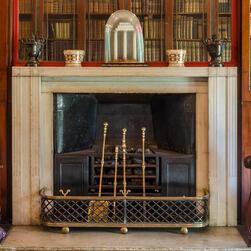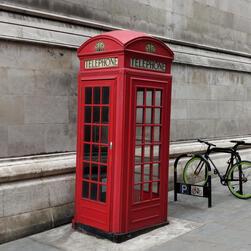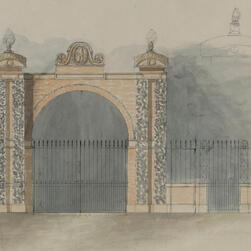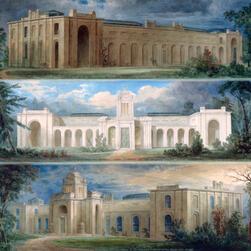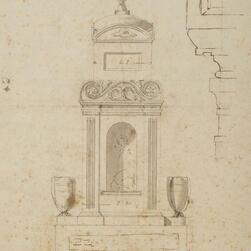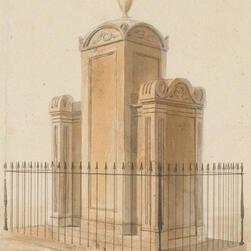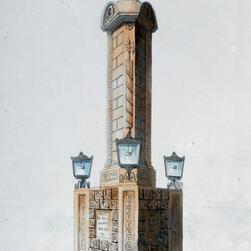Joseph Michael Gandy (1771 - 1843), View of a monumental tomb erected in the burial ground of St Giles in the Fields at St Pancras (Mrs Soane’s tomb), Watercolour on paper
The most commonly attributed source for the K2 roof is the Soane family tomb, which you can still find today in the churchyard of St Pancras Old Church, London. Soane designed this for the tomb of his beloved wife Eliza Soane in 1815, and was later buried there himself. Of great emotional significance to Soane, for whom the loss of his wife was a bitter blow, the tomb pops up in several places throughout the Museum – a drawing is featured prominently in the No. 13 Breakfast Room, and a model can be found in the Library Dining Room, in which the Trustees meetings were held during Scott’s day.

